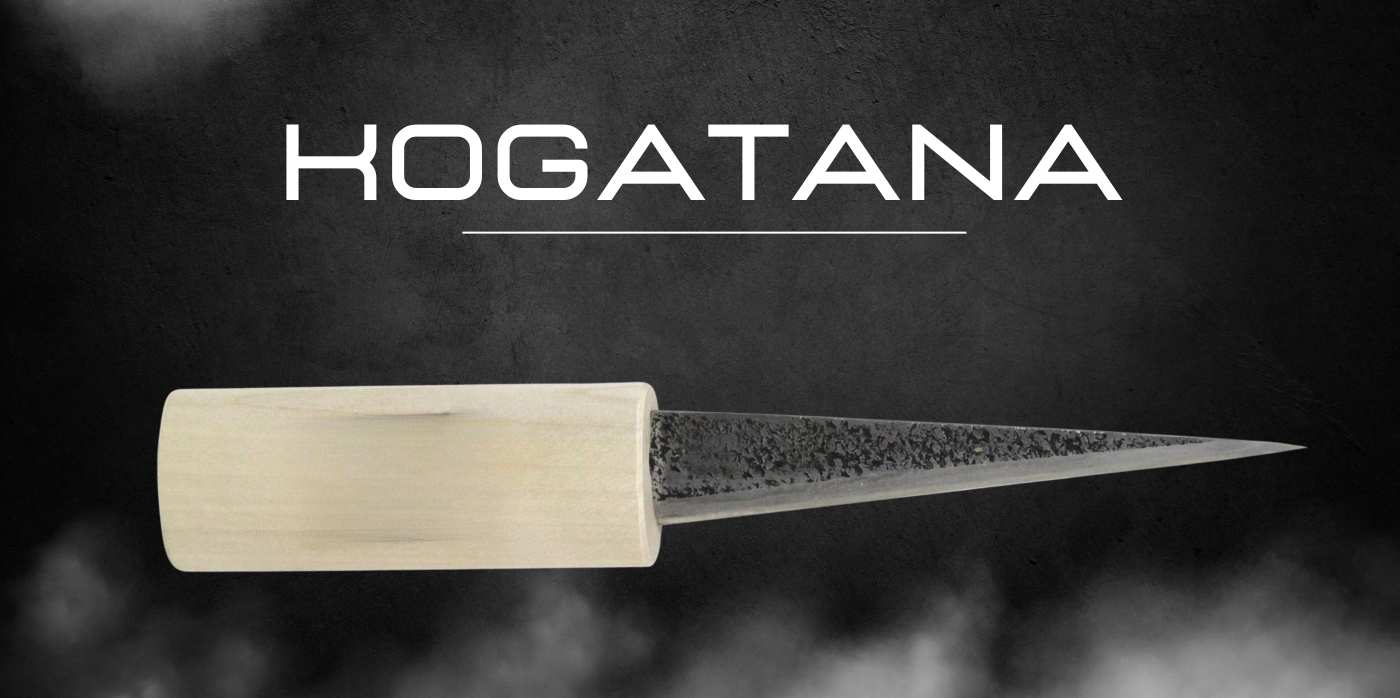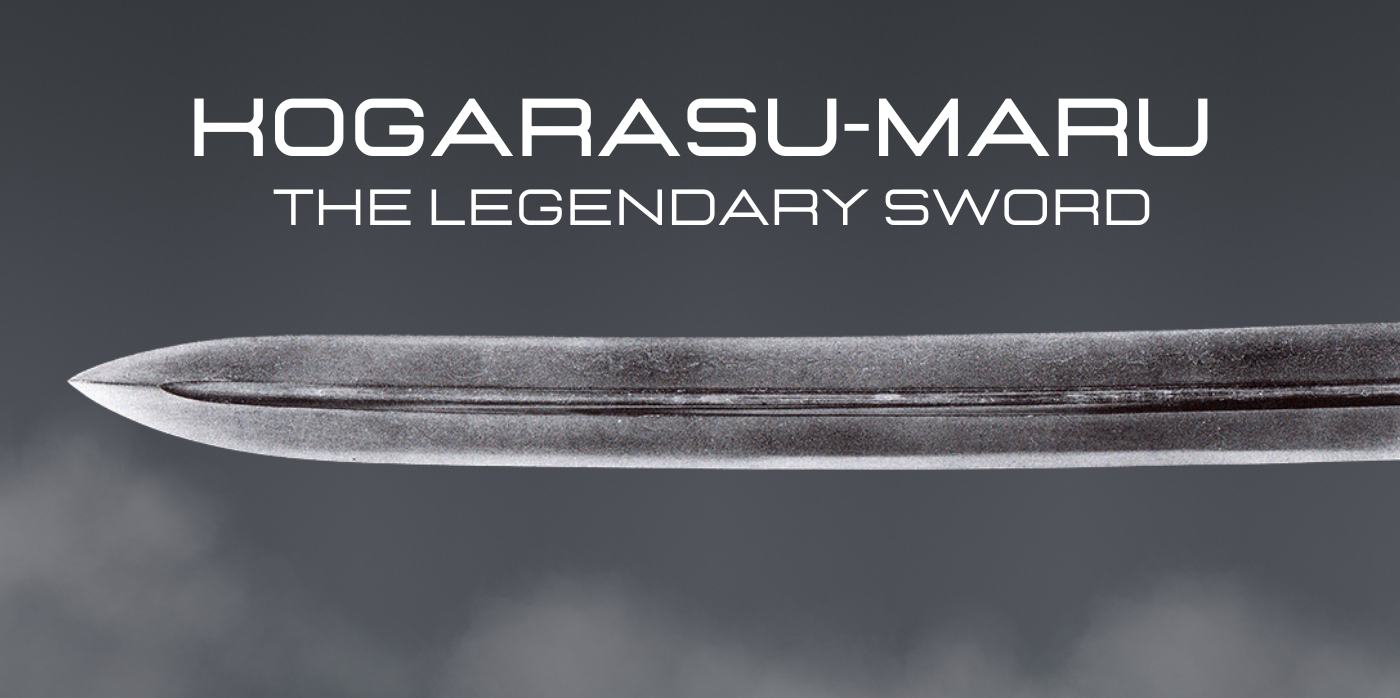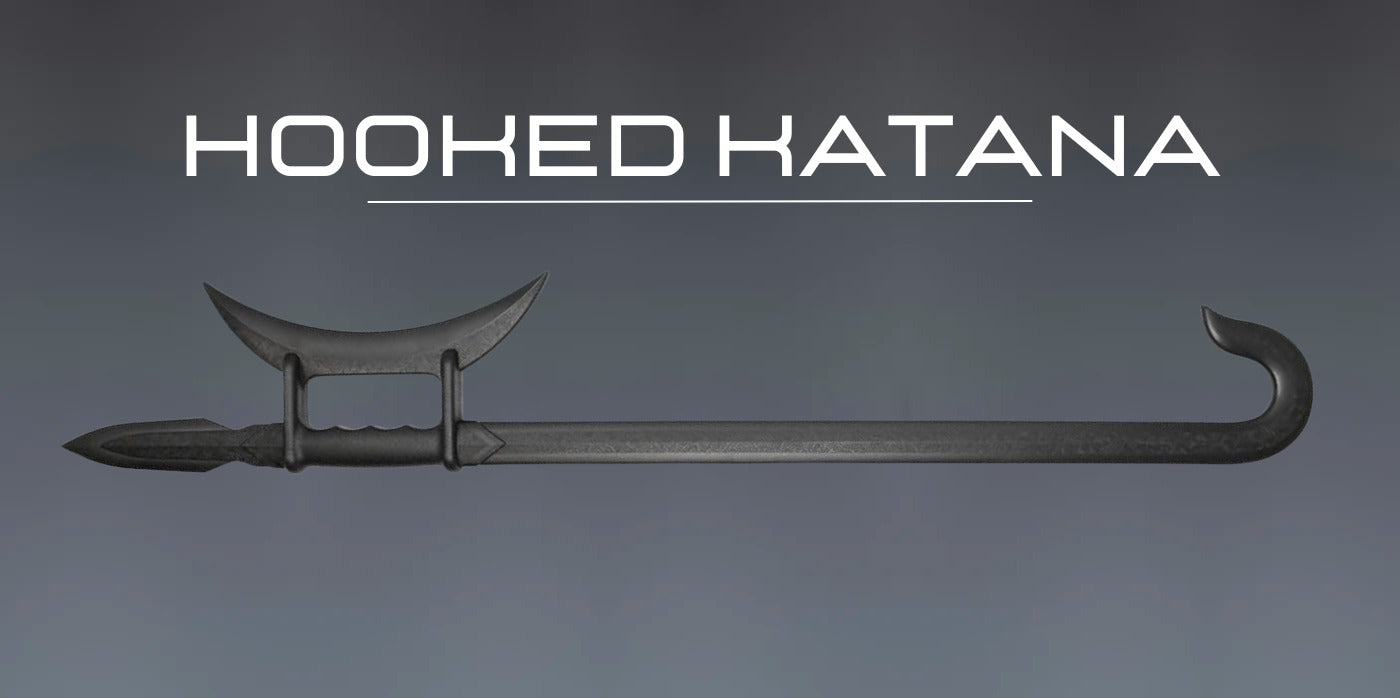The kogatana, a small yet significant accessory in the arsenal of the samurai, serves as a testament to the meticulous attention to detail and versatility found in traditional Japanese weaponry. This diminutive blade, often overshadowed by its more illustrious cousin, the katana, is steeped in history and functionality.
What is a kogatana
A kogatana is a small Japanese utility knife that historically accompanied a samurai’s katana. It is a compact and versatile blade, often housed in a pocket on the side of the larger sword's scabbard (known as the saya), readily accessible for a variety of everyday tasks, ranging from cutting small objects to serving as a tool for personal grooming. The kogatana was essentially the samurai's equivalent of a modern pocket knife, serving multiple practical purposes from personal grooming to various everyday tasks that required a sharp, precise edge.
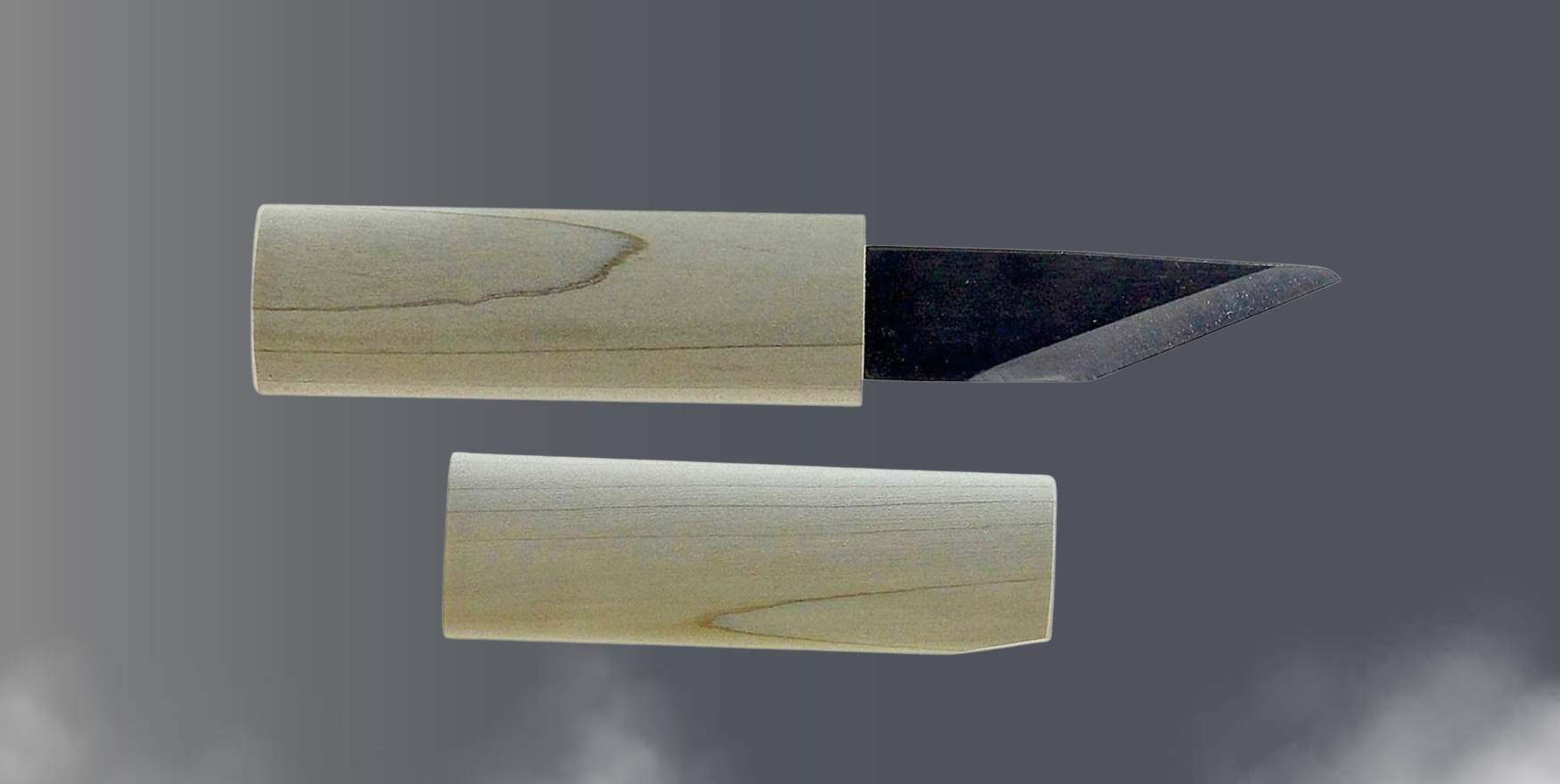
The kogatana typically consists of a small blade and a handle, which could be quite plain or elaborately decorated, depending on the status of the samurai and the craftsmanship of the blade. The quality of a kogatana knife could vary significantly, with some being simple tools while others were works of art in their own right, featuring intricate designs and the work of skilled swordsmiths.
Despite its size, the kogatana was an important part of a samurai's equipment, reflecting the practical and prepared nature of the warrior class. It was not designed as a weapon but rather as a daily companion for tasks that did not require the use of a full-sized blade.
The kogatana was not designed for combat; rather, it was a tool for precision and convenience. Its small size made it perfect for intricate work where larger blades would be cumbersome. Despite its practical uses, the craftsmanship of a kogatana was never compromised, often featuring beautifully decorated handles and meticulously forged steel.
What is a kogatana used for
A kogatana, which translates to "small katana," was traditionally used for a variety of everyday tasks. Its uses included:
Utility Tool: Just like a modern utility knife, it could be used for cutting small items, like cord or paper.
Personal Grooming: It served as a personal grooming tool for trimming hair or nails, akin to a modern pocketknife with grooming accessories.
Craft and Repair Work: Samurai, while primarily warriors, could also engage in more peaceful pursuits such as crafting or repairing gear, for which the kogatana was quite handy.
Emergency Weapon: Although not its primary use, in dire situations, it could serve as a last-resort weapon.
Artistic Endeavors: The samurai were known to practice calligraphy and poetry, and a kogatana might have been used to sharpen writing tools or assist in other artistic tasks.
Eating Utensil: It could also be used like a personal eating knife for cutting food.
Medical Tool: In some instances, it might have been used for medical purposes, such as cutting bandages.
The kogatana was a practical tool that exemplified the samurai's readiness for any situation, blending the warrior's way of life with the practical needs of daily activities.
How long is a kogatana
A kogatana is a small Japanese blade that usually measures around 8 to 21 centimeters (3 to 8 inches) in length. These dimensions can vary, as kogatanas were often custom-made to suit the personal needs or preferences of the samurai who carried them. They were designed to be portable and versatile, serving as a utilitarian tool rather than a primary weapon.
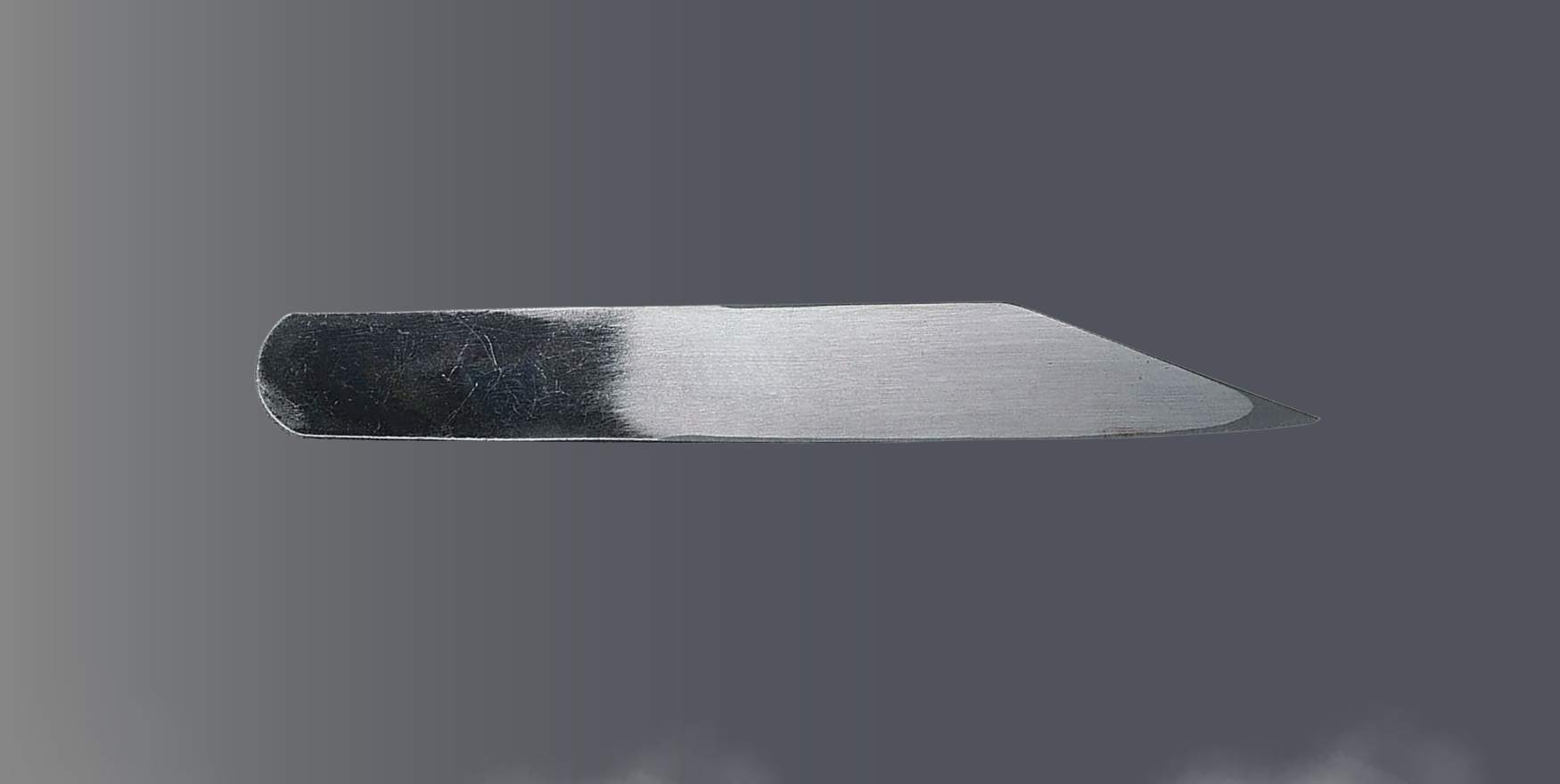
What is the difference between Kogatana and kozuka?
The terms "kogatana" and "kozuka" refer to two different, but related, components of traditional Japanese weaponry.
Kogatana:
- A kogatana is a small knife or blade.
- It has its own edge and is functional as a cutting tool.
- The size of a kogatana typically ranges from 8 to 21 centimeters in length.
- It was used for various small tasks, such as cutting small objects, whittling wood, or as a writing tool.
Kozuka:
- The kozuka is the handle or hilt into which the kogatana is mounted.
- It is not a blade but rather a part of the mounting system for the blade.
- Kozuka often features ornate designs and can be quite decorative, showcasing the craftsmanship and aesthetic considerations of the swordsmith or artisan.
- The kozuka fits into a pocket on the scabbard of a larger sword, such as a katana or wakizashi, making the kogatana a companion tool for the samurai.
In essence, the kogatana is the actual blade, while the kozuka is the handle attached to this blade. Together, they form a complete tool, but the terms are not interchangeable and refer to different aspects of this equipment.



